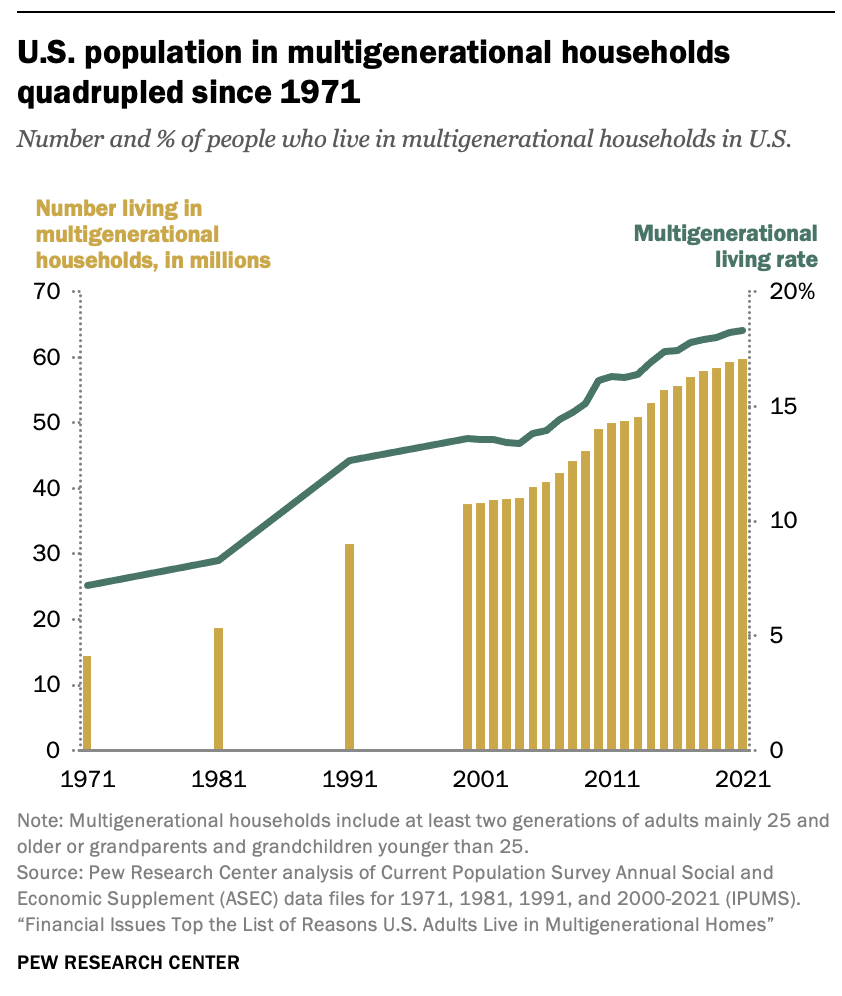Multi Generational with Seperation

Multi Generational with Seperation, In recent years, multi-generational living has seen a resurgence, with families opting to live together under one roof for various reasons, including economic benefits, caregiving needs, and the desire for closer family bonds. While the advantages of multi-generational living are numerous, it’s crucial to recognize the importance of maintaining separation and boundaries to ensure harmony and well-being for all household members.
Preserving Individual Autonomy
One of the key benefits of maintaining separation within a multi-generational home is preserving individual autonomy. Each generation has its routines, preferences, and lifestyle choices. By ensuring that each family unit has its own private space, whether it’s a separate living area, bathroom, or kitchenette, family members can enjoy their personal time without feeling constantly observed or judged. This autonomy is particularly important for younger adults and teenagers who are in crucial developmental stages of forming their identities.
Reducing Conflict and Stress
Living with extended family can sometimes lead to conflicts, especially when different generations have varying opinions on household management, parenting styles, or social activities. Establishing clear boundaries helps mitigate these conflicts by providing each generation with its own space to retreat to. This separation acts as a buffer, reducing the stress that might arise from constant proximity and enabling family members to interact more positively when they come together.
Balancing Privacy and Togetherness
Multi-generational living should strike a balance between privacy and togetherness. While the family benefits from shared meals, activities, and support systems, it’s equally important to respect each individual’s need for privacy. This balance can be achieved through thoughtful home design, such as incorporating separate entrances, dedicated personal spaces, and soundproofing. When each generation has a space to call their own, they are more likely to appreciate and cherish the time spent together in common areas.
Facilitating Caregiving and Support
One of the primary reasons families choose multi-generational living is to provide care and support for aging parents or young children. While close proximity facilitates caregiving, it can also lead to caregiver burnout if boundaries are not respected. Separate living quarters allow caregivers to rest and recharge, ensuring they can provide the best possible care without compromising their own health and well-being. Similarly, older adults benefit from having a private space where they can maintain their dignity and independence.
Encouraging Healthy Relationships
Ultimately, the goal of multi-generational living is to foster strong, healthy relationships among family members. By maintaining separation and respecting personal boundaries, families can reduce the friction that comes from living in close quarters and instead focus on building meaningful connections. This approach not only enhances the quality of life for all members but also sets a positive example for future generations on how to live harmoniously with loved ones.Multi






